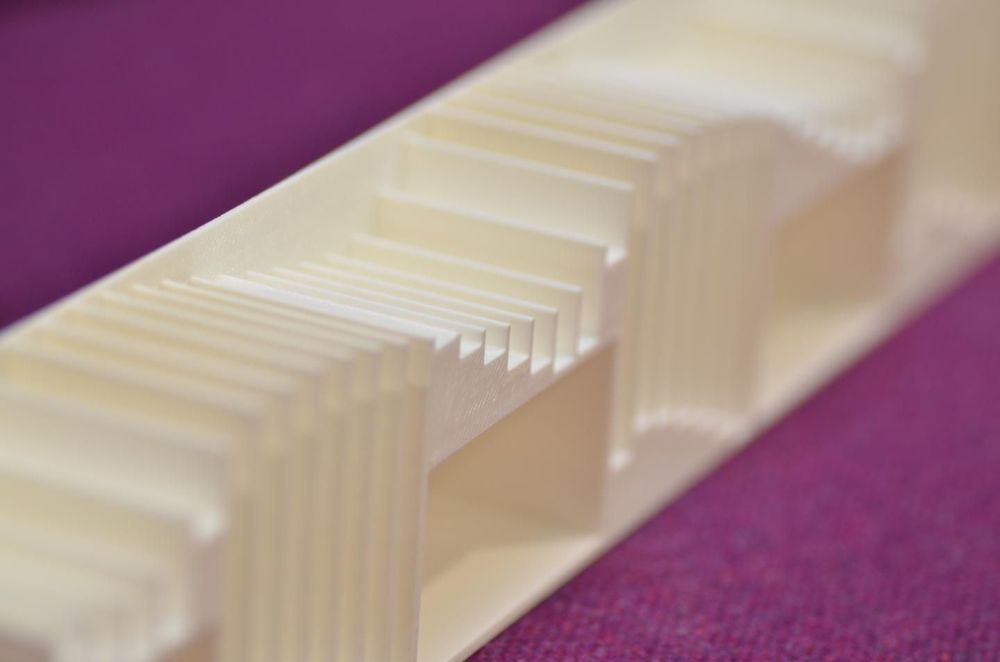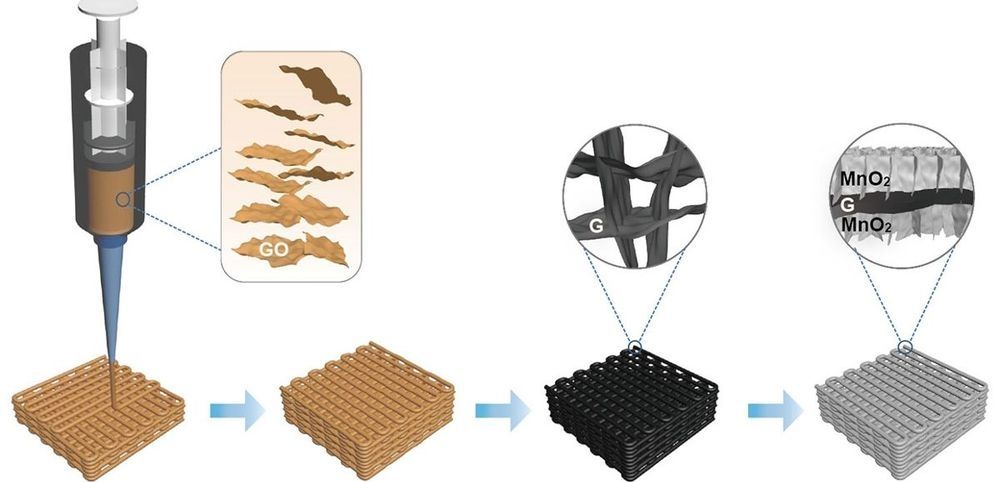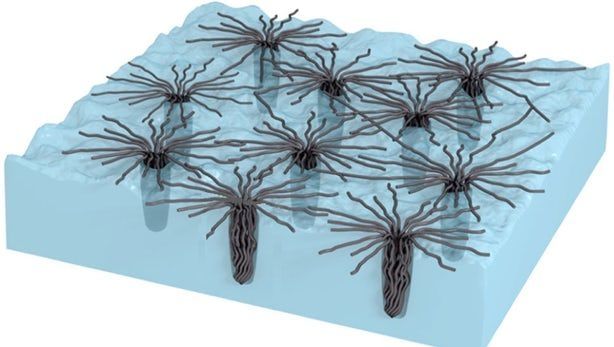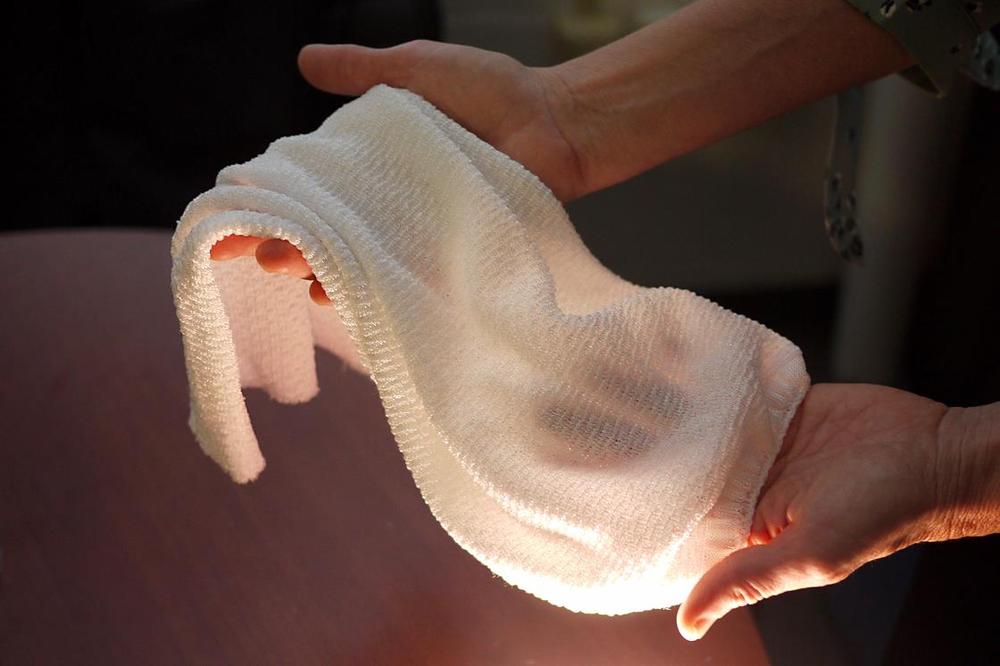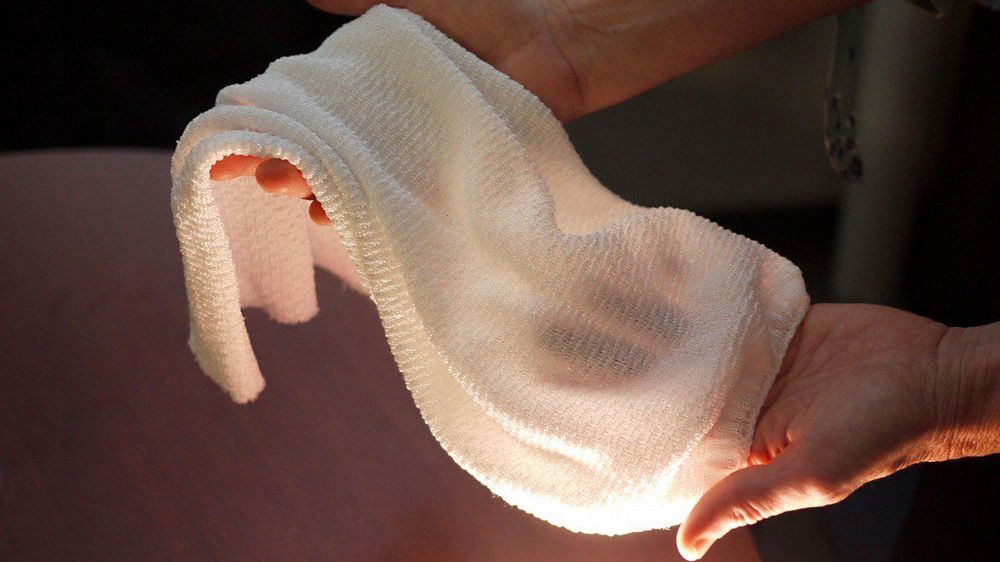Feb 19, 2019
Talga reports positive test results on its graphene silicon Li-ion battery anode project
Posted by James Christian Smith in categories: energy, materials
Talga Resources has revealed new test results on the ongoing optimization of its graphene silicon Li-ion battery anode product, Talnode™- Si. According to Talga, the battery anode product returns further performance gains, now delivering ~70% more energy density than commercial graphite-only anodes.
The product reportedly provides a “drop in” solution for improving current Li-ion battery performance. Commercial samples under confidentiality and material transfer agreements are scheduled to commence delivery around the end of February 2019 — recipients are said to include some of the world’s largest electronic corporations.
For your convenience, a search was performed using the query ‘talga reports positive test results its graphene silicon li ion battery anode project talnode si’:
